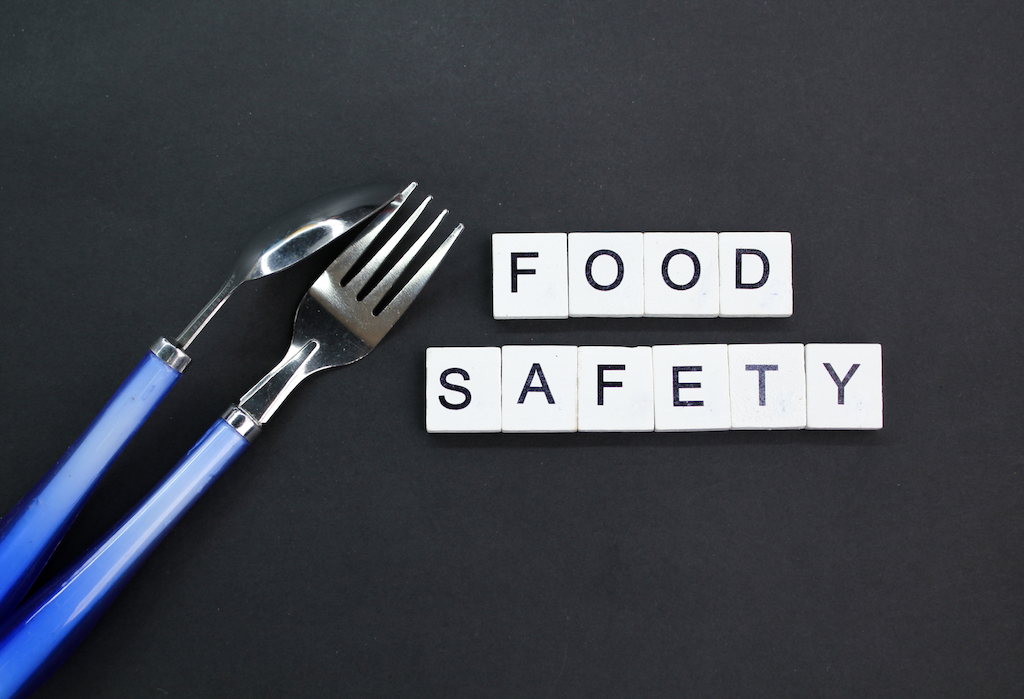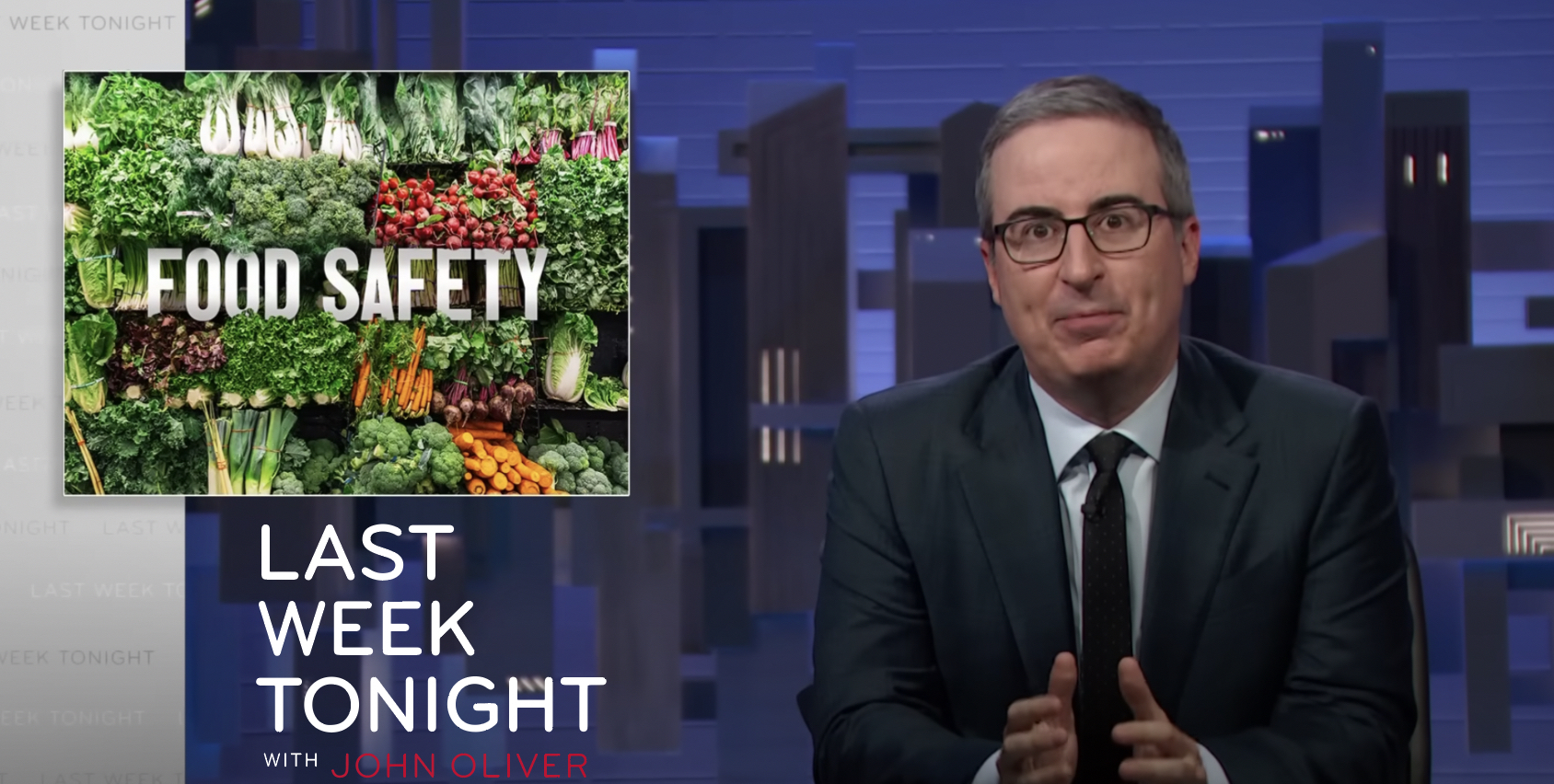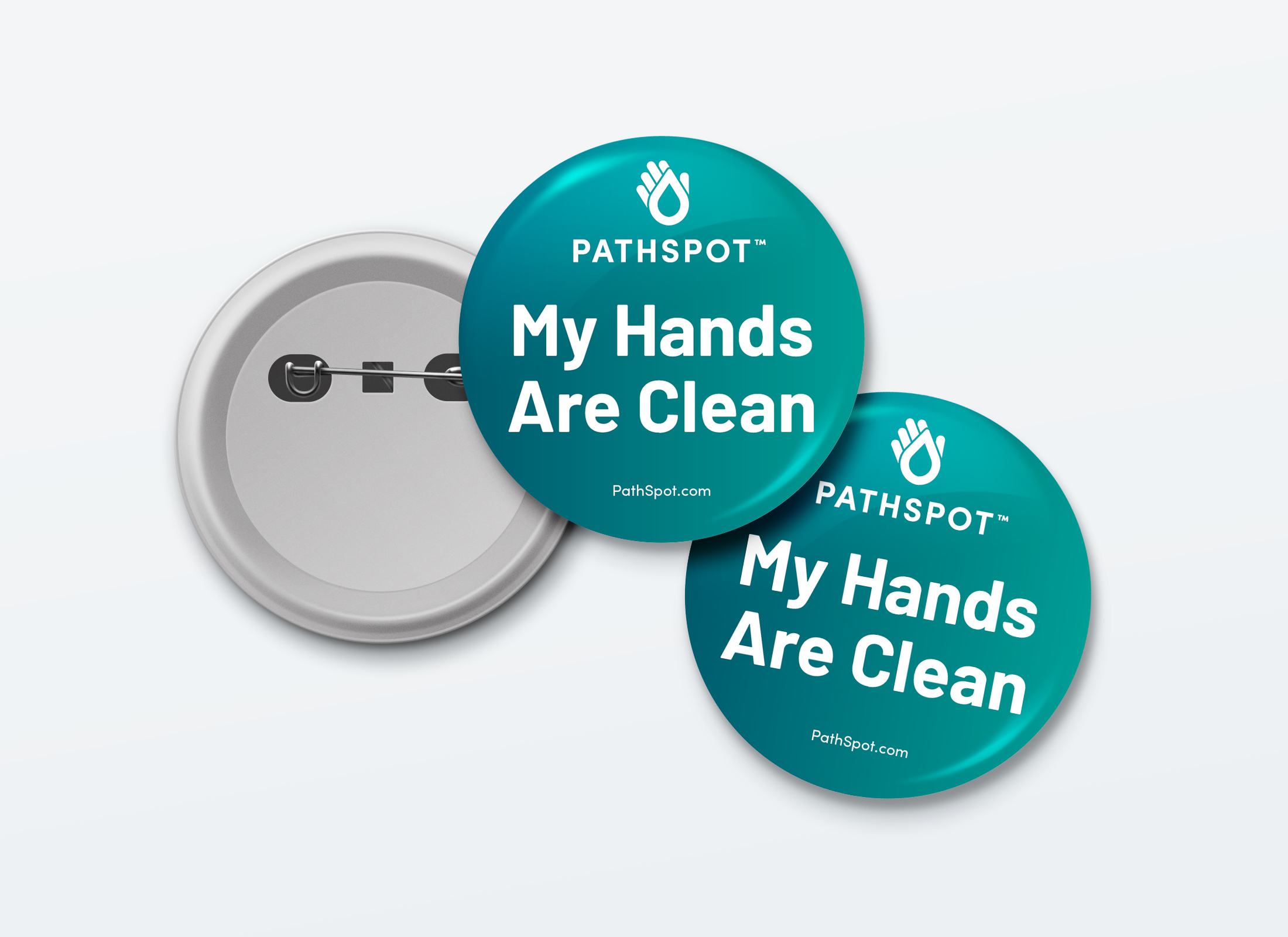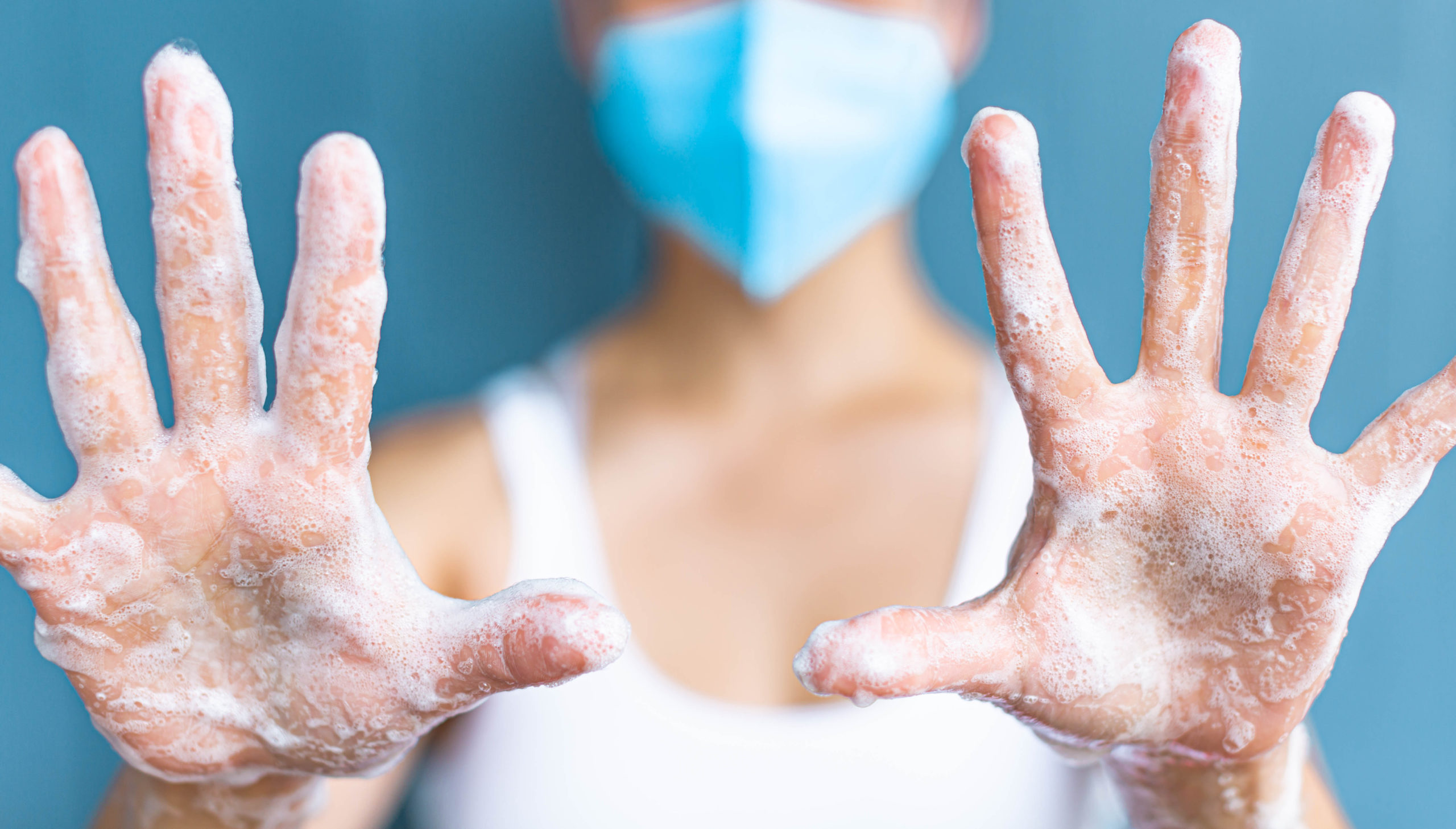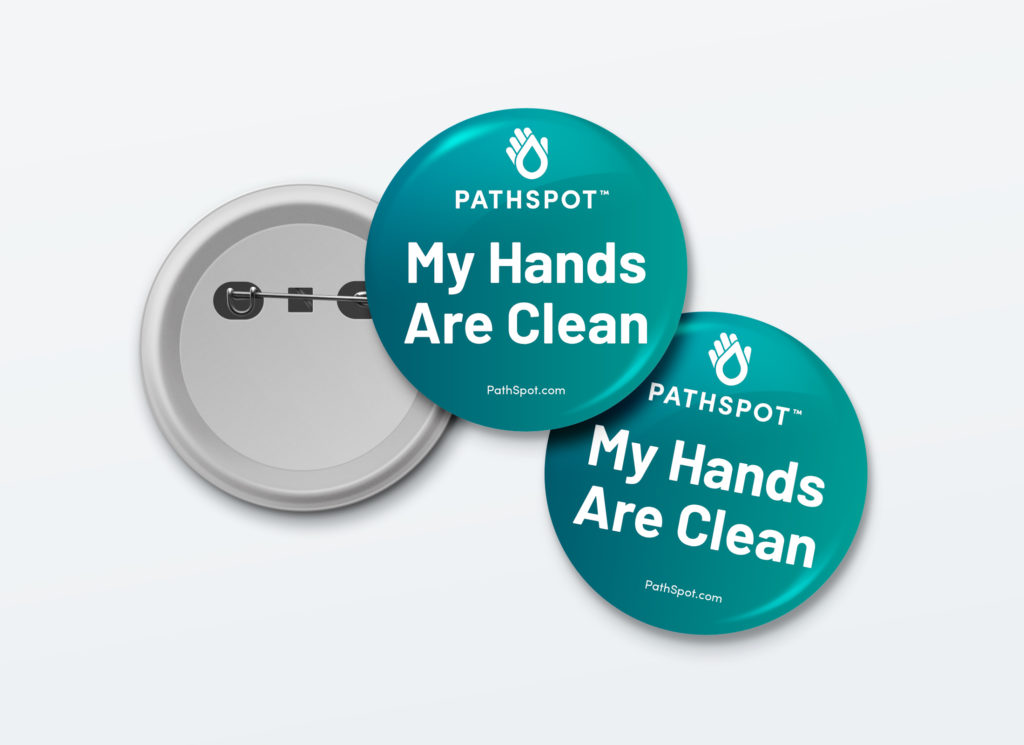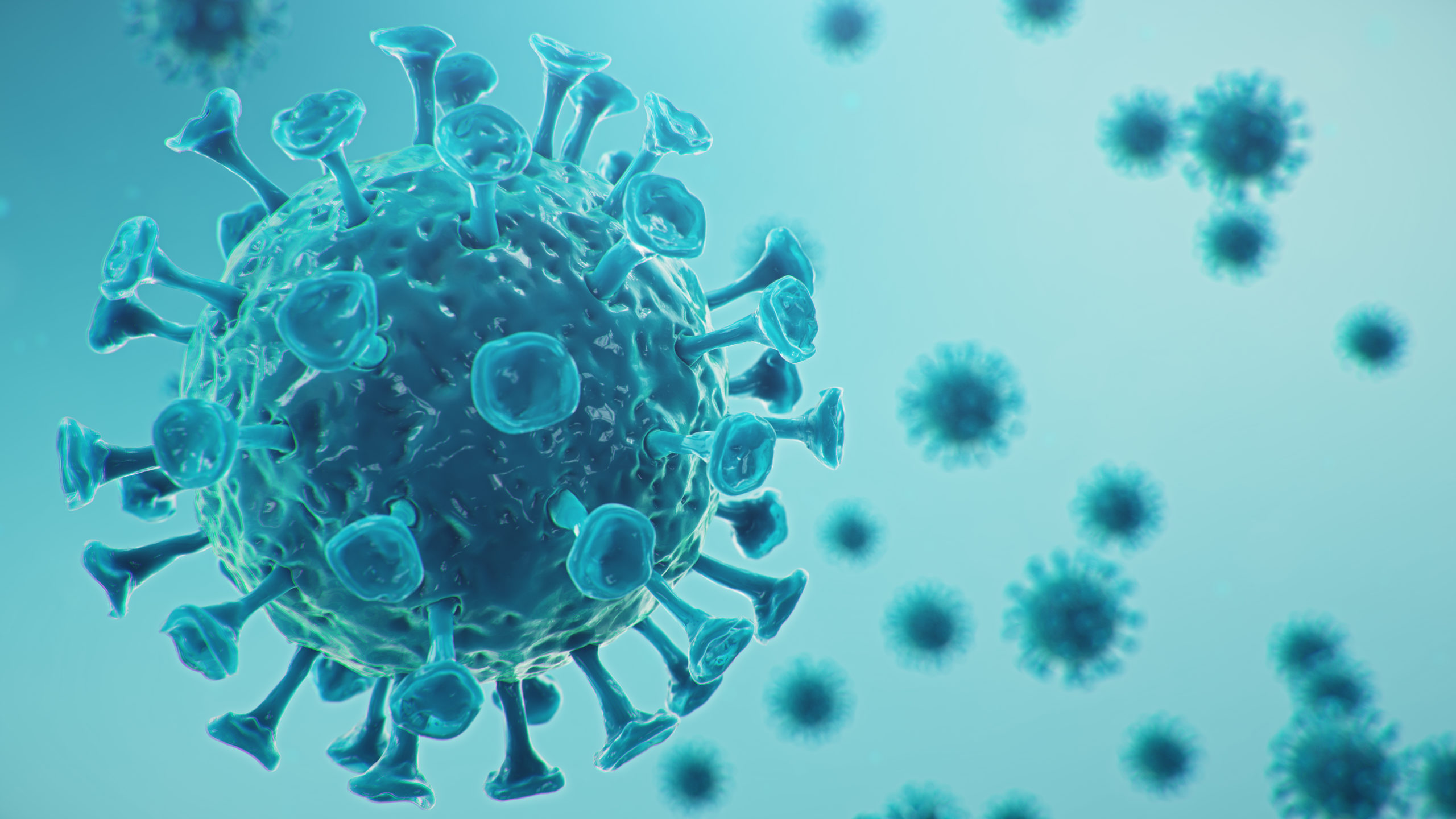Temperature monitoring is essential in food manufacturing, as it is crucial for preserving, storing, and processing food. Effective temperature management greatly influences food quality, safety, and operational efficiency throughout manufacturing. Machine temperature changes can result in production delays or compromise the quality and usability of the final food products.
Food Safety: A Top Priority
Proper temperature control in the food manufacturing industry is essential for preventing the spread of bacteria and other microorganisms that can cause foodborne illnesses. Handling, storing, and cooking food at the appropriate temperatures is vital to minimize the risk of harmful bacterial growth.
Temperature management is particularly critical in food storage to prevent spoilage; frozen items must be kept at extremely low temperatures to avoid thawing and potential bacterial contamination, while perishable foods like fruits and vegetables need cool storage conditions to maintain their freshness. Also, precise temperature regulation is crucial during food processing activities like cooking, baking, roasting, or sterilization.
Temperature Monitoring: A Legal Requirement
In the food manufacturing industry, monitoring temperature isn’t just a good idea—it’s a legal necessity and a fundamental aspect of any Food Safety Management System like HACCP. Failing to store food correctly can lead to spoilage or bacterial growth, posing health hazards to consumers and potentially harming your business’s finances and reputation.
Regulations mandate regular monitoring of both hot and cold food temperatures and the upkeep of detailed temperature logs. This typically involves manual checks twice daily, meticulously documenting temperatures.
Today, food manufacturers are embracing technology to boost operational efficiency. Remote digital temperature monitors provide owners with constant visibility of their assets. With technology becoming more cost-effective, dependable, and user-friendly, remote temperature monitoring offers food manufacturing companies the chance to deliver outstanding customer experiences and enhance profitability.
Challenges Faced In Food Safety Manufacturing
While we cannot stress the importance of temperature management enough, the industry faces several common hurdles:
- Inefficient manual temperature logging
- Limited real-time monitoring capabilities
- Absence of early warning systems
The challenges above can contribute to food spoilage, leading to financial losses and supply interruptions.
Digital temperature monitoring presents a solution by enabling real-time temperature monitoring and prompt alerts for abnormal conditions. This strategy aids in minimizing resource losses and cutting down on additional costs.
Safety and Cost Benefits of Implementing Digital Temperature Monitoring in Food Manufacturing
Remote temperature monitoring systems utilize sensors to gather real-time data on temperature variations. This technology helps prevent spoilage of temperature-sensitive foods and maintain their quality. Its increasing adoption in food safety within manufacturing is due to its numerous benefits, which include the following:
Monitoring and Efficiency Efficiencies
- Real-time remote monitoring: Enabling managers to oversee temperature conditions regardless of location or time, promoting peace of mind.
- Early detection of risks and prompt alerts: Recognizing abnormalities and sending alerts helps alleviate concerns, enabling focus on critical tasks.
- Automating data recording: Replacing manual input with automated recording enhances operational efficiency by eliminating time-consuming tasks.
- Utilize data for predictive maintenance on your high-value equipment: Tracking the data and receiving alerts when the equipment deviates allows businesses to address issues before they become more serious.
- Reducing losses and cost savings: Continuous 24/7 monitoring allows for timely interventions, preventing minor issues from developing into significant problems and saving unnecessary expenses.
- Improved sustainability through reduced energy consumption and paper usage: optimize the performance of assets while reducing energy consumption. The result is that food manufacturers improve sustainability and reduce costs. In addition, digitizing manual paper processes helps to improve sustainability.
Quality and Reputation
- Save time on training and avoid human error: Digital monitoring reduces time and money spent on training and eliminates the potential for human error.
- Save time on compliance and reporting: Automating temperature recording and the ability to easily generate reports significantly reduces time spent arranging compliance obligations and allows the team to focus on what’s most important—food manufacturing.
- Brand reputation, and food quality: With regular and more accurate temperature and humidity alerting, the team can start making proactive and informed decisions to ensure that food remains fresh for longer. Fresh food ultimately means improved food quality and safety. Better food quality improves your brand reputation, which eventually drives profitability.
Increase the Profitability with Reduced food loss
Digital remote temperature monitoring is crucial for ensuring food manufacturing safety, improving efficiency and cost reductions.
By implementing continuous 24/7 automated temperature monitoring, you gain access to real-time data that provides valuable insights for better management and decision-making.
Remote digital temperature monitoring systems have the potential to save significant amounts annually by reducing food loss and spoilage. Additionally, they can improve profitability through reliable, cost-effective, and user-friendly solutions.
Revolutionizing Food Safety in Manufacturing with PathSpot’s PowerTemp
Pathspot is leading the way in food safety technology and has collaborated with manufacturers to address the pain points we hear from manufacturers, resulting in groundbreaking solutions.
Pathspot’s innovative PowerTemp system is designed to address these challenges – leveraging advanced technology to automate temperature control, digitize monitoring, offer real-time data, reduce the risk of human error, and cut labor costs, all while ensuring the highest food safety standards.
We invite you to take the next step in revolutionizing your food manufacturing operations by partnering with PathSpot. Schedule a demo today and see firsthand how this cutting-edge solution can enhance your food manufacturing operations, making it safer, more efficient, and, ultimately, reduce costs by minimizing spoilage.
Alongside PowerTemp, PathSpot provides additional tools, including PowerLabels, PowerTasks, and the SafetySuit Hub, to further optimize your operations. By integrating these tools with PowerTemp, you can establish a cohesive digital solution that supports every aspect of your manufacturing business and ensures the highest food safety standard.
Contact PathSpot for safer, more efficient, and cost-effective food manufacturing. Book a demo today with PathSpot! (https://pathspot.com/request-demo/)





